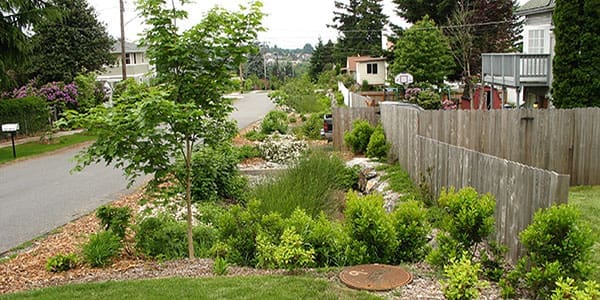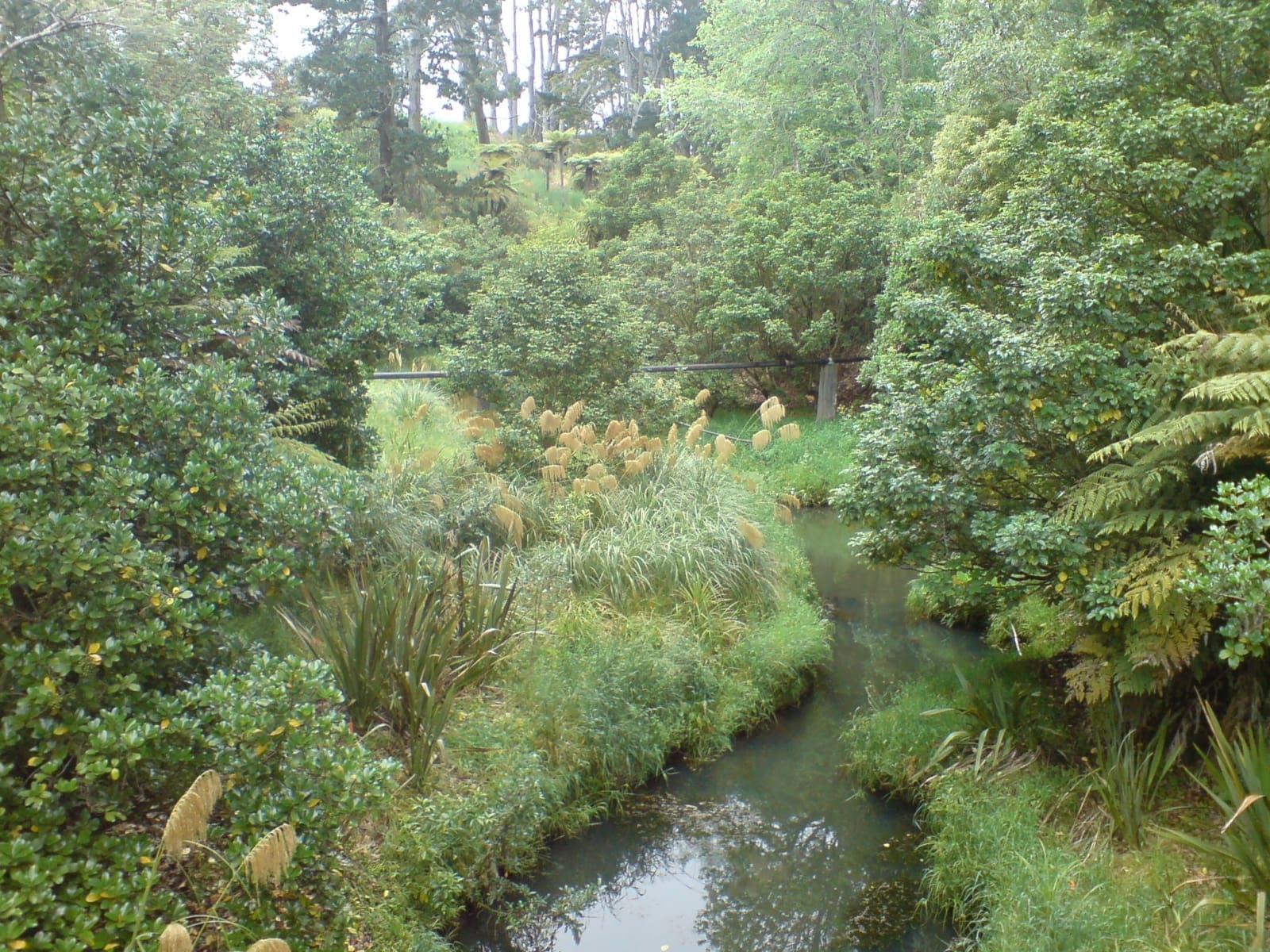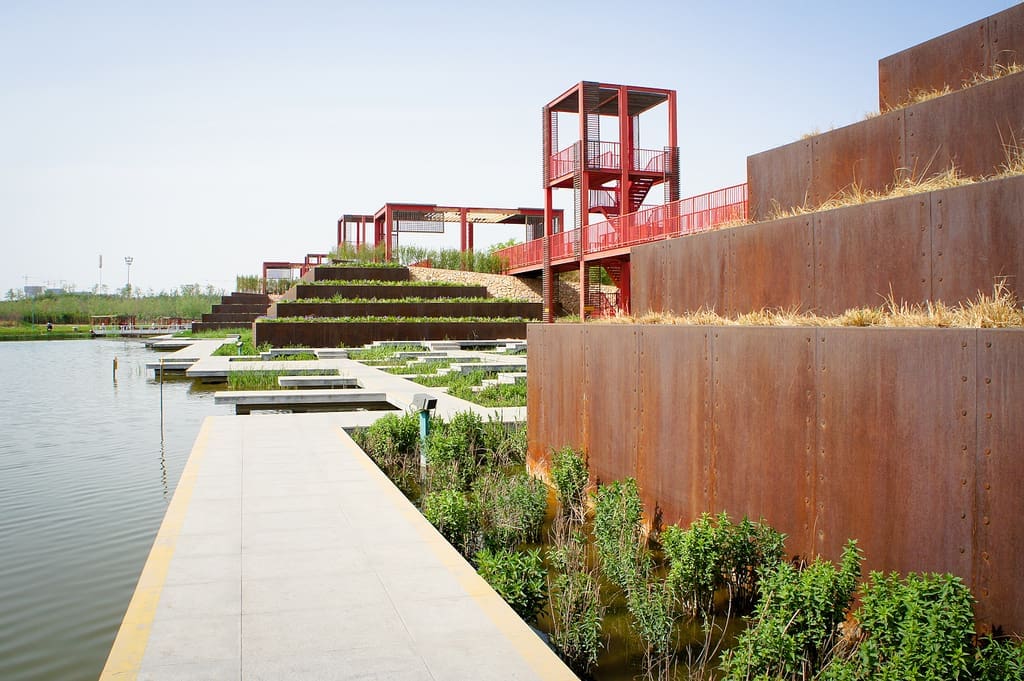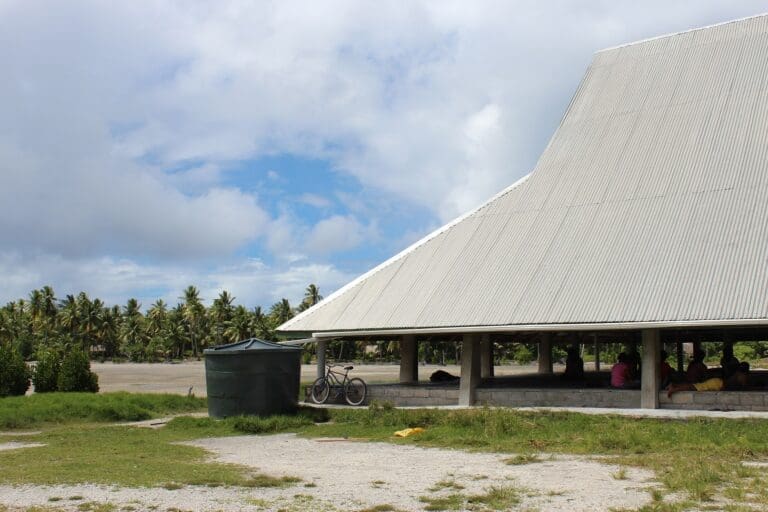Introduction
The concept of a Sponge City is an urban planning model based on a natural, sustainable solution that emphasizes flood management by strengthening the green infrastructure. This concept originated in Ancient China, has been gaining traction worldwide due to its potential to alleviate urban flooding, water shortage, and heat island effect (see urban heat).[1]
The Origin: Sponge Cities in Ancient China
In ancient times, Chinese cities with monsoon climates, in the southeastern regions of China, used ponds to manage flooding and stormwater. The Sponge City concept is inspired by this approach that has worked in China for over 2,000 years.[2]
Medieval towns in Europe had clever water management systems, too. These were based on sluices, locks, flood gates, weirs, canals or reservoirs, strongly depending on local geography. It was also popular to have little brooklets or artificial mini-troughs in the middle of the streets to cool down temperatures in hot summer months, as in the city of Augsburg and Freiburg, southern Germany.

Contemporary villages, towns and cities, however, are mostly impermeable systems that divert water into sewage drainages which can channel untreated water directly into local rivers. This approach is also referred to as conventional “grey” infrastructure.
Revival of the Sponge City Concept
The Sponge City concept was proposed by Chinese researchers in the early 2000s. After the Beijing flood in 2012, which caused 79 deaths, the Sponge City concept was accepted by the Chinese Communist Party (CCP), the Chinese State Council declaring it a nationwide urban construction policy in 2014.[1] The concept was largely motivated by the failure of conventional grey infrastructure of flood control and stormwater management systems. (A list of around 30 Chinese pilot projects, starting in 2015, can be found in [1].)
Increased global warming, and millennium floods like the one in the city of Zhengzhou (Henan) in 2021, killing 300 people and displacing over a million, underlined the importance of the policy.[3]
Indeed, the Chinese central government mandates that by 2030:[1]
- 80% of China’s urban space must include sponge city adaptations
- At least 70% of the rainfall is to be recycled
The Sponge City Model
The Sponge City model aims to alleviate urban flooding, water shortage, and mitigate heat island effect by having more urban parks, gardens, green spaces, wetlands, nature strips, and permeable paving. These elements not only improve ecological biodiversity for urban wildlife but also reduce flash floods by serving as reservoirs for capturing, retaining, and absorbing excess storm water. Harvested rainwater can be repurposed for irrigation and treated for home use if needed.[1]
Modern Implementations of the Sponge City Concept

Seattle’s South Thornton Natural Drainage System
One of the recent applications of the Sponge City concept is the South Thornton Natural Drainage System (NDS) Project in Seattle. This project aims to prevent polluted stormwater from running into Thornton Creek, as well as to provide added green space and street trees, traffic calming, and reduced street flooding.[4]

Auckland: The Most Spongy Global City
Auckland, New Zealand, was recently named the most spongy global city in a report by multinational architecture and design firm Arup. The city’s geography, soil type, and urban design have contributed to its high sponginess rating. Besides the Oakley creek reserve, the connected parks around Te Auaunga creek in Auckland are designed to soak up excess stormwater like a sponge.

China: Tianjin Wetland Park
Tianjin Qiaoyuan Wetland Park, located in the northern coastal city of Tianjin, China, is a remarkable transformation of a former deserted shooting range and rubbish dump into a low-maintenance urban park. Key points of this fascinating project:
- Project Background:[6]
- The site was originally a peripheral shooting range that had turned into a rubbish dump and drainage sink for urban stormwater.
- Surrounded by slums and temporary structures, the polluted and littered area posed significant challenges for regeneration.
- Design Strategy:[6]
- The landscape architects adopted a regenerative design approach to create a diverse and functional park.
- The goal was to provide various nature services for the city and its residents.
- Key features included containing and purifying stormwater, improving saline-alkali soil, and creating an aesthetic experience.
- Adaptation Palettes:[7]
- Inspired by the region’s adaptive vegetation communities, the park design introduced “The Adaptation Palettes.”
- This strategy involved digging 21 pond cavities of varying sizes (10 to 40 meters in diameter, 1 to 5 meters deep).
- Some cavities remained dry, while others turned into water ponds, wetlands, or seasonal pools based on water table and pH changes.
- Results:[6][7]
- Completed in 2008, the 22-hectare wetland park successfully transformed the degraded site.
- It now serves as a model for sustainable urban parks, combining ecological restoration, stormwater management, and community engagement.
In summary, Tianjin Qiaoyuan Wetland Park exemplifies how thoughtful design can turn neglected spaces into valuable urban assets.

Conclusion
The Sponge City concept is a testament to the power of green infrastructure in mitigating the effects of climate change and urbanization.[1] As more cities around the world face the challenges of urban flooding and water shortage, the Sponge City model offers a sustainable and effective solution.[1]

Sources:
[1] https://en.wikipedia.org/wiki/Sponge_city
[2] https://www.ideassonline.org/public/pdf/SpongeCitiesChina-ENG.pdf
[3] https://www.euronews.com/green/2022/10/22/china-s-sponge-cities-are-a-revolutionary-rethink-to-prevent-flooding
[4] https://www.seattle.gov/utilities/neighborhood-projects/south-thornton-natural-drainage-system
[5] https://www.aucklandcouncil.govt.nz/parks-recreation/Pages/park-details.aspx?Location=1423
[6] https://www.turenscape.com/en/project/detail/339.html
[7] https://www.asla.org/2010awards/033.html








